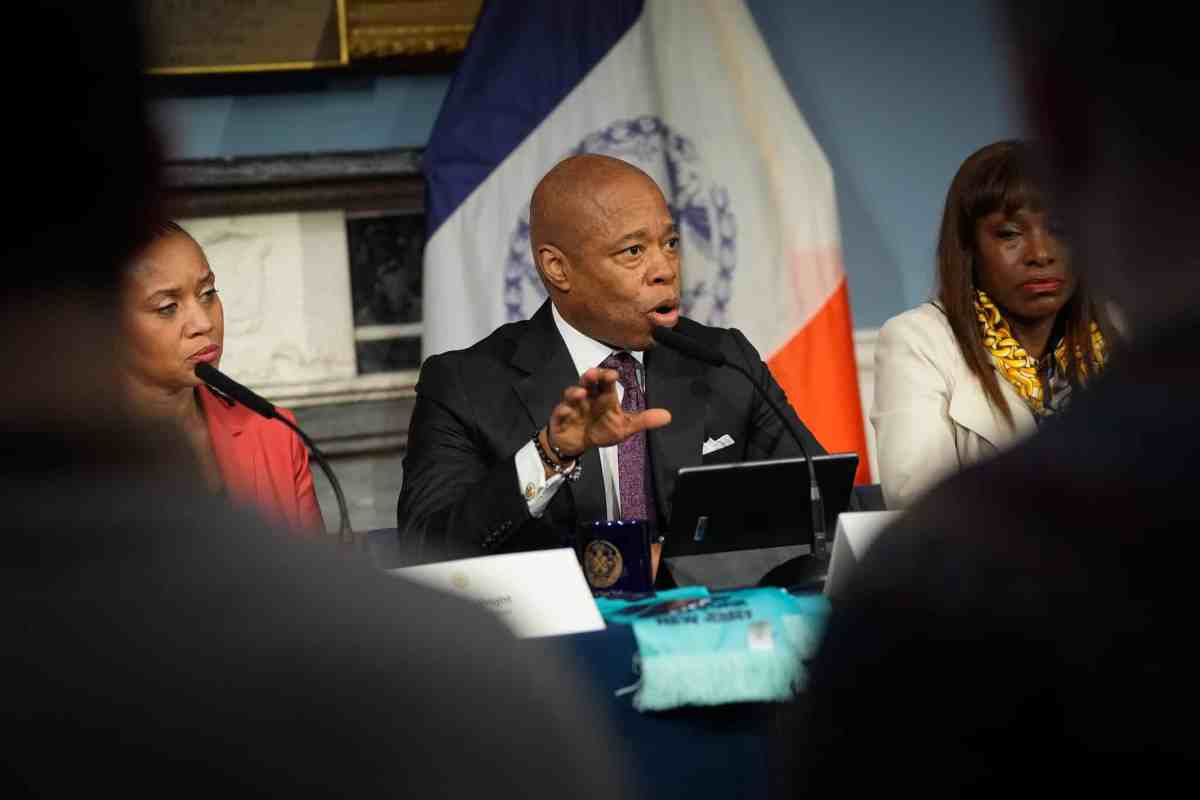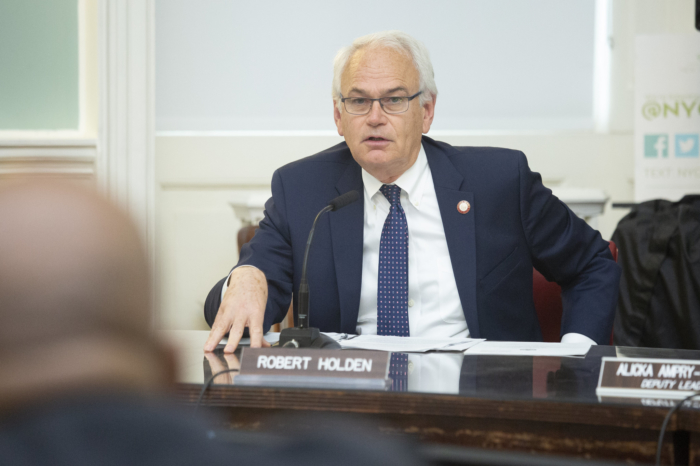Since 9/11, the number of bias attacks against people perceived to be Muslim or Arab has increased dramatically, the worst of which being the 2012 Oak Creek Massacre in Wisconsin, where a white supremacist opened fire at a Sikh temple, killing six. Recently, the shooting of three Muslim students in Chapel Hill, N.C., allegedly over a minor dispute, deepened fears that Muslims and those appearing to be Muslim could be targets of hate groups, the deranged and other domestic terrorists.
Last year’s road rage incident in Richmond Hill deepened suspicions of Queens’ Sikh community that law enforcement did not share a commitment to investigate bias attacks.
Hate crimes as a legal concept was enshrined in the Civil Rights Act of 1964, which designated six federally protected activities – “attending school, patronizing a public place/facility, applying for employment, acting as a juror in a state court or voting” and federal prosecution for any individual disrupting those activities based on race, color or national origin.
Since 1990, the Hate Crime Statistics Act has authorized the Department of Justice and Federal Bureau of Investigation to track hate crimes through the Unified Crime Reporting Program. Since 1992, the UCR publishes its findings in yearly reports. A modification to the law, the 2009 Matthew Shepard Act, adds provisions for tracking of crimes based on gender, sexual orientation, gender identity, or disability as well as removing the mandate that the victim had to be engaged in one of the six “protected activities”.
According to 2013 statistics, African Americans were victims of 66.5 percent of the 3,565 racially motivated hate crimes in that year, while 60.3 percent of anti-religious hate crimes were motivated by anti-Jewish bias, followed by 13.7 percent motivated by anti-Islamic bias. Overall, 49.3 percent of reported hate crimes were motivated by bias against race, 20 percent due to sexual orientation and 16.9 percent due to religion. Hindus and Sikhs were likely recorded in the broad “other” category, which comprised 11.2 percent of the total, larger than the percentage of reported crimes against Catholics and Protestants.
The Sikh religion and people originated in India and follow a creed inspired by the teachings of the 15th century scholar, Guru Nanak. Sikhs especially are targets for bias attacks, as they wear turbans and have long beards. This resemblance to televised images of religious fanatics located half a world away caused a spike in post-9/11 attacks, including the shooting of Balbir Singh Sodhi, a Sikh gas station owner on Sept. 15, 2001. The perpetrator expressed a desire to “shoot some towel heads” and drove around Mesa, Ariz., shooting at various homes and establishments owned by persons that appeared “Middle Eastern.”
Support for reforming the way the FBI and DOJ tracks hate crimes began to build in the wake of the Oak Creek shootings and in March 2013, over a hundred congressional representatives sent a letter to the FBI Advisory Policy Board, urging updates to the incident report form and record collection to include these groups. U.S. Rep. Joseph Crowley (D-N.Y.) cited both the shooting and the subway shoving death of Queens resident, Sunando Sen as examples of violence that targets Hindus, Arabs and Sikhs. Support also came from community and advocacy groups, including the American Jewish Committee and Anti-Defamation League.
In June 2013, the Criminal Justice Information Services Advisory Board approved the “motion to modify” the Hate Crime Data Collection Guidelines and Training Manual to an Appendix addressing “anti-Arab, anti-Hindu, anti-Muslim, and anti-Sikh hate crimes.” The UCR Program worked with members of the Arab, Muslim and Sikh communities to include guidance on investigating the incident and approaching members of the community. Case studies in the manual also demonstrate scenarios involving Sikh individuals. It is the hope of reformers that these guidelines and resources will assist local law enforcement in better investigating and engaging communities where bias attacks occur.































